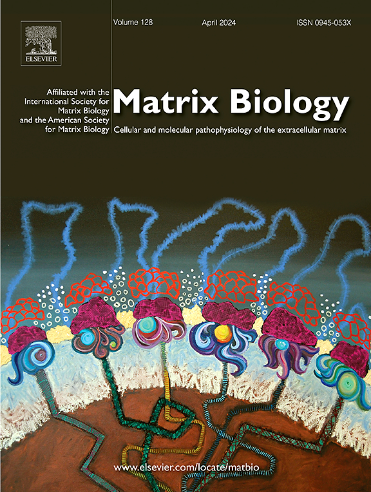Tissue inhibitors of metalloproteinases are proteolytic targets of matrix metalloproteinase 9
Abstract
Extracellular proteolysis and turnover are core processes of tissue homeostasis. The predominant matrix-degrading enzymes are members of the Matrix Metalloproteinase (MMP) family. MMPs extensively degrade core matrix components in addition to processing a range of other factors in the extracellular, plasma membrane, and intracellular compartments. The proteolytic activity of MMPs is modulated by the Tissue Inhibitors of Metalloproteinases (TIMPs), a family of four multi-functional matrisome proteins with extensively characterized MMP inhibitory functions. Thus, a well-regulated balance between MMP activity and TIMP levels has been described as critical for healthy tissue homeostasis, and this balance can be chronically disturbed in pathological processes. The relationship between MMPs and TIMPs is complex and lacks the constraints of a typical enzyme-inhibitor relationship due to secondary interactions between various MMPs (specifically gelatinases) and TIMP family members. We illustrate a new complexity in this system by describing how MMP9 can cleave members of the TIMP family when in molar excess. Proteolytic processing of TIMPs can generate functionally altered peptides with potentially novel attributes. We demonstrate here that all TIMPs are cleaved at their C-terminal tails by a molar excess of MMP9. This processing removes the N-glycosylation site for TIMP3 and prevents the TIMP2 interaction with latent proMMP2, a prerequisite for cell surface MMP14-mediated activation of proMMP2. TIMP2/4 are further cleaved producing ∼14 kDa N-terminal proteins linked to a smaller C-terminal domain through residual disulfide bridges. These cleaved TIMP2/4 complexes show perturbed MMP inhibitory activity, illustrating that MMP9 may bear a particularly prominent influence upon the TIMP:MMP balance in tissues.

 求助内容:
求助内容: 应助结果提醒方式:
应助结果提醒方式:


